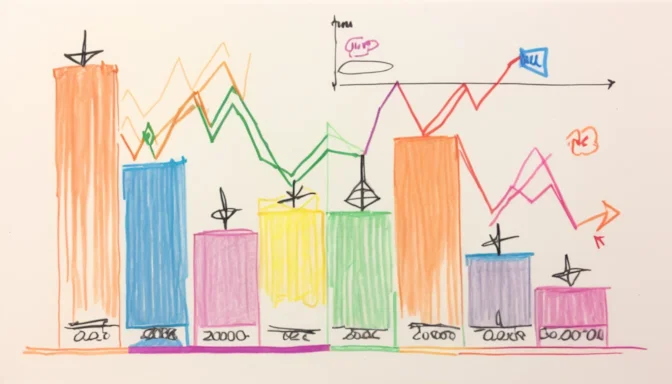What is Direct Traffic?

Direct traffic refers to visitors who arrive at your website without clicking on a link from another website. For example, they might type your URL directly into the browser or use a bookmark. This type of traffic has no referring source, making it a true form of direct traffic.
Direct Traffic vs Organic Traffic
While organic traffic comes from search engines and is naturally earned, direct traffic consists of users who directly enter your website's URL. Understanding the difference between these two can help you optimize your website and marketing strategies.
Reasons for High Direct Traffic
High levels of direct traffic could be due to various factors, such as incorrect tagging in your marketing campaigns or missing Google Analytics tracking codes on some pages. Being aware of these reasons can help you accurately analyze your website's performance.
How to Increase Direct Traffic
Increasing direct traffic often involves building a strong brand presence. Users familiar with your brand are more likely to go directly to your website rather than searching for it. Consistent branding and targeted advertising can help achieve this.
Importance of Direct Traffic
Direct traffic is important for several reasons. It is generally more targeted and has higher conversion rates, as users are already interested in what you offer. This makes it a valuable asset in your digital marketing toolkit.
What is a Good Direct Traffic Rate?
A good direct traffic rate usually accounts for up to 25% of overall website traffic. Higher percentages might indicate issues in analytics tracking or other types of falsely labeled visits, which could skew your marketing and conversion analyses.
Is Direct Traffic a Ranking Factor?
Studies have suggested that direct traffic can be a significant ranking factor for search engines like Google. Focusing on increasing direct traffic can potentially improve your website's search engine rankings.
Top Three Sources of Traffic
The main sources of website traffic typically include direct, referral, and search traffic. Each source has its own advantages and disadvantages, and understanding them can help you refine your digital marketing strategies.
Why Does Direct Traffic Drop?
A sudden drop in direct traffic can be due to various factors such as search algorithm updates, penalties, or technical issues like incorrect robots.txt rules. Identifying the cause is crucial for taking appropriate corrective measures.
Understanding Decreases in Direct Traffic
A decline in direct traffic could signify multiple issues like increased competition or technical problems on your website. Monitoring this can help you make timely adjustments to your marketing and website strategies.
 E-Commerceo
E-Commerceo
